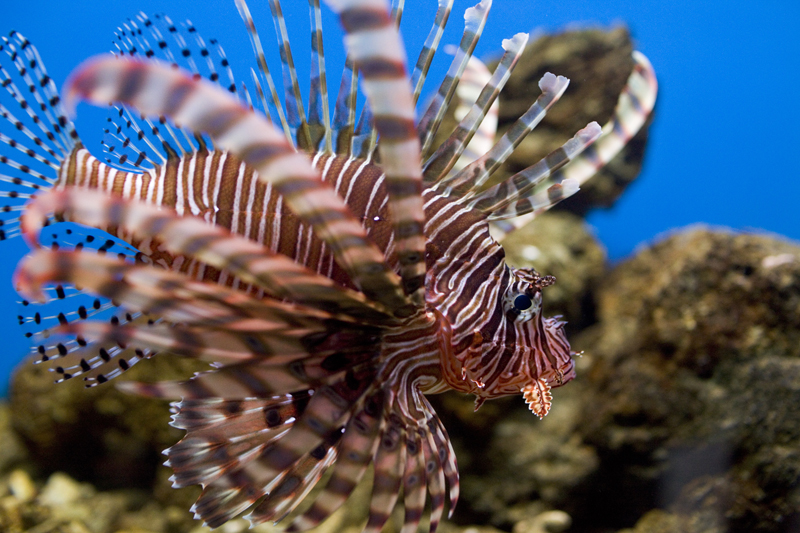When backpacking, you must pay close attention to food storage. This is especially true for fish, since it is highly perishable and can easily spoil if not stored correctly.
Choosing the Right Fish
The first step in storing your fish while backpacking is to choose the right kind of fish. Choose a hardy, firm-fleshed variety such as salmon, trout, or cod. These types of fish will hold up better when packed and are less prone to spoilage than softer varieties.
Proper Cleaning and Filleting
Once you have chosen your fish, make sure to clean and fillet it properly before packing it away. Start by scaling the fish with a sharp knife, then gut it and remove the head and fins.
Wash the fillets in cold water to remove any remaining scales or debris. Finally, pat dry with paper towels before packing them away in an airtight container or bag.
Packing Your Fish
When packing your fish for backpacking trips, you have several options for storage. You can wrap the fillets in plastic wrap or aluminum foil if you are only packing one day’s worth of food.
If you are going on a longer trip, opt for a vacuum-sealed bag or container that will keep your fish fresh for up to four days. Another option is to freeze the fillets before packing them away so they last even longer – up to six months!
Storing Your Fish
Once you have packed your fish properly, store it in an insulated cooler with plenty of ice packs or frozen water bottles to keep it cold while on-the-go. Make sure that all perishable items are kept separate from non-perishable items such as snacks or drinks so they don’t contaminate each other with bacteria growth.
It’s also important to make sure that any food containers are tightly sealed so that no air can get inside which could cause spoilage or contamination of other items in the cooler.
Conclusion:
Storing your fish correctly while backpacking is essential for keeping it safe from spoilage and contamination. Choose a firm-fleshed variety of fish like salmon or trout and clean and fillet it properly before packing it away in an airtight container or bag with plenty of ice packs in an insulated cooler for safe transport. By following these simple steps, you can ensure that your delicious catch makes it safely from trailhead to dinner table!

